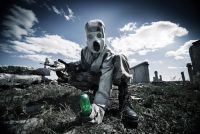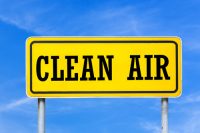Understand the Hazards of Silica
Each year, more than 300 American workers die from silicosis, and thousands of new cases are diagnosed. Silicosis is the name given to incurable lung damage that occurs when workers inhale dusts that contain crystalline silica. Silica comes in different forms, but crystalline silica is the type that causes scarring in the lungs. Crystalline silica […]










